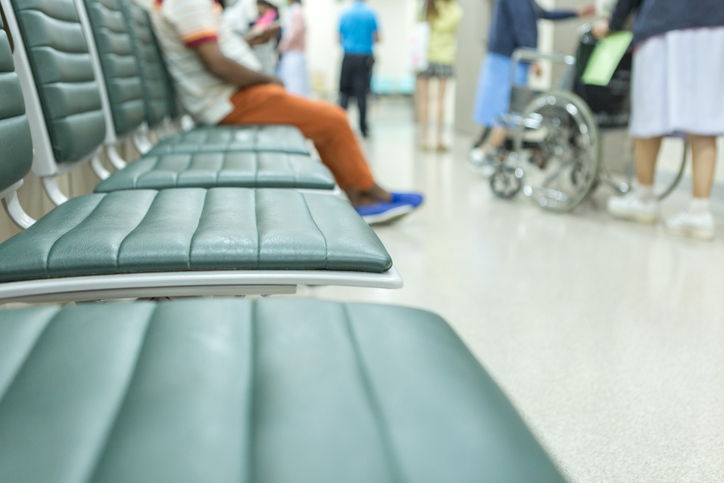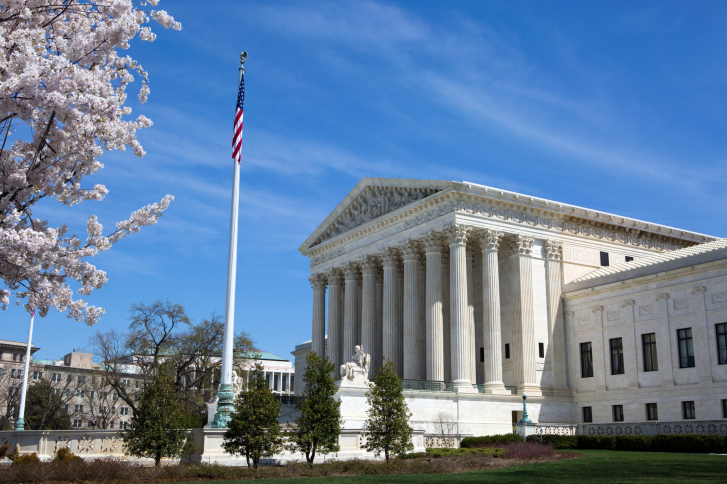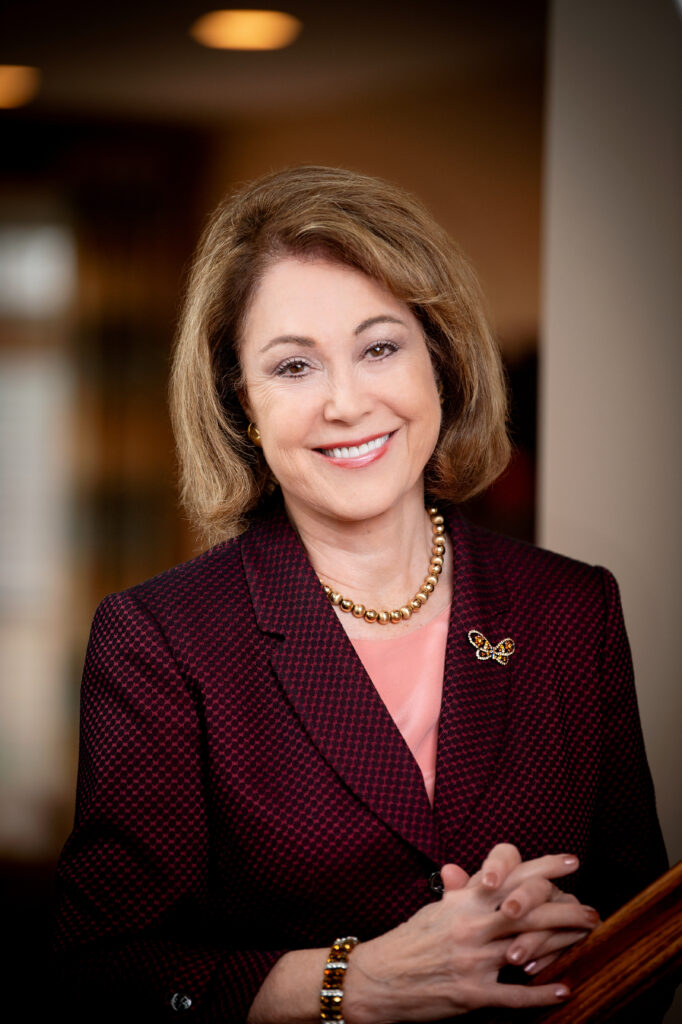Wisconsin’s Department of Health Services (DHS) has requested a $2.78 billion increase in funding for the 2015-17 biennium budget, increasing the agency’s total budget to nearly $23 billion, or roughly one-third of the entire state budget.
Almost half of the new money, $1.25 billion, would come from the federal government, which already provides $10.5 billion to the agency for federally sponsored programs. An additional $831.5 million would come from the state’s General Fund, comprised of state tax dollars paid by the average Wisconsinite.
The Unstoppable Spending Blob
What is driving such an increase in costs for the agency? The answer lies mostly in its massive Medicaid program.
Of the $831.5 million in additional state dollars requested by DHS, $760 million would be added to Wisconsin’s Medicaid program and its outcrop, BadgerCare.
Medicaid is an important program that requires federal, state and local government to partner in providing health care for Wisconsin’s poorest residents. However, as DHS’ formal budget request details, rapidly increasing costs will continue to cause strain on government budgets.
Medicaid costs were over $16 billion in the previous two-year budget. The program currently serves nearly one in five Wisconsinites — around 1.1 million people — and 53,000 more enrollees are expected to be added, by 2017.
Per-member costs for Medicaid in Wisconsin jumped 4.8 percent in 2014 compared to 2013, totaling $6,792 per enrollee.
Earlier this year, the state’s Medicaid program removed its cap for childless adults, expanding coverage to all such individuals at or below the Federal Poverty Level (FPL). At the same time, the opening of the federal health exchange marketplace allowed all households earning between 100 and 400 percent of the FPL to shop for their own government subsidized health insurance.
These changes have radically altered initial projections on the number of childless adults utilizing Medicaid in the coming years. Estimates from the 2013-15 budget cycle predicted 98,641 childless Medicaid enrollees by June 2015. Adjusted estimates now guess the number to have spiked to 137,642, a 40 percent increase from assumptions made just over a year ago.
This change will cost an extra $91 million in General Purpose Revenue (GPR) for Fiscal Year (FY) 2015.
Stuck with the Bill
Another unexpected cost-driver is a decrease in the federal medical assistance participation rate (FMAP), projected to be higher during the 2013-15 budget cycle. Federal funding for Medicaid works by matching state funding with matched by federal dollars, using the FMAP calculations. During the 2013-15 budget process, the FMAP rate for FY15 was expected to hold at 59.16 percent, meaning federal money would cover 59.16 percent of the costs.
Instead, the actual rate was just 58.47 percent, forcing Wisconsin to use more of its own money for Medicaid. Though the percent change seems small, the FY15 decrease in FMAP rates will cost Wisconsin $52 million more in GPR for that year alone.
DHS projects the FMAP rate to continue declining in FY16 and FY17 to 57.99 percent, meaning that more state money needed to cover the gap. State DHS Secretary Kitty Rhoades describes the decreased matching rates as a “significant reduction,” in her budget request cover letter to the State Budget Office.
More Factors
Another factor in Medicaid spending is the Long Term Care program. Long Term Care is designed to help people with physical or medical conditions limiting their ability to care for themselves.
80,000 Wisconsinites are currently enrolled in Long Term Care, a number that is projected to increase to 83,000 by 2017. Although Long Term Care participants make up 7 percent of overall Medicaid enrollees in Wisconsin, the program is responsible for 40 percent of the state’s Medicaid costs.
DHS has requested $248.2 million in new funds to keep up with Long Term Care costs for the next few years, a 9.5 percent increase for the program’s $2.5 billion budget. The increase in state funds for Long Term Care is attributed to lowered FMAP rates and increased “managed care” utilization, as well as hikes in personal-care card.
Nick Novak ([email protected]) is Communications Director for The John K. MacIver Institute for Public Policy, based in Madison, Wisconsin. Used with permission of The John K. MacIver Institute for Public Policy, http://www.maciverinstitute.com/




